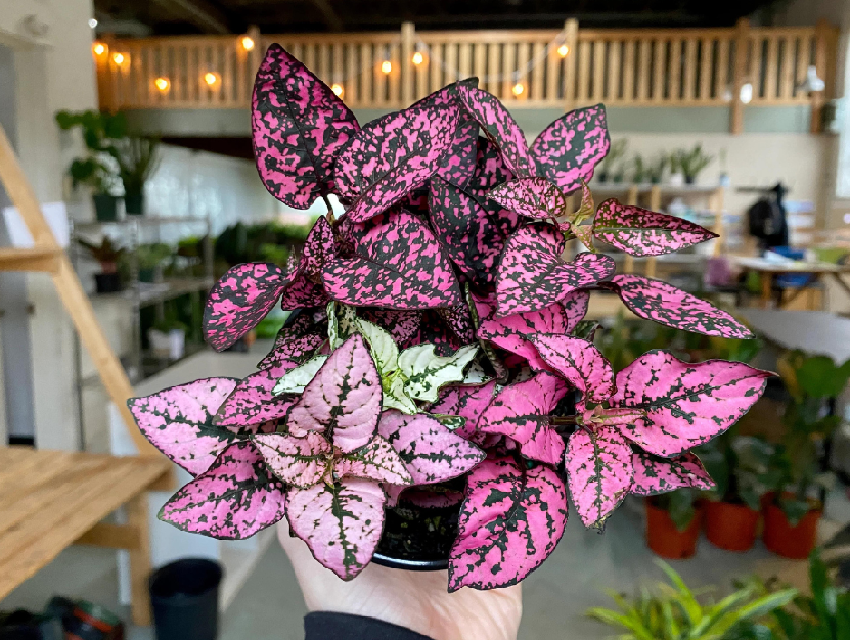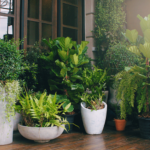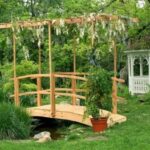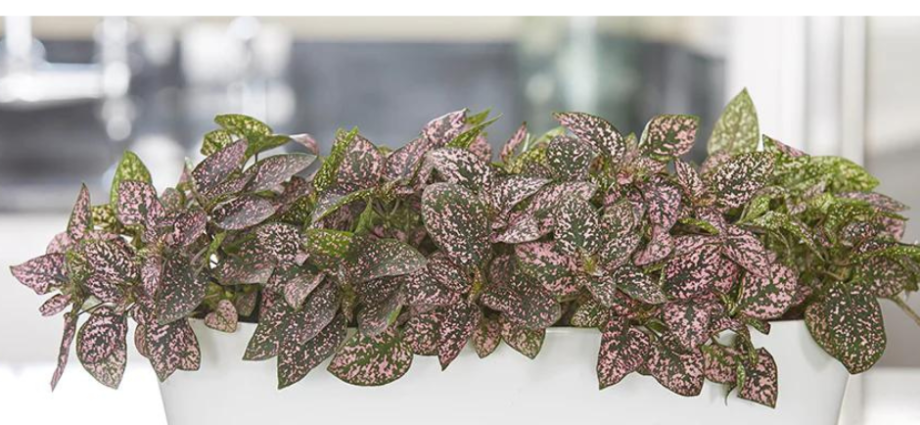Hypoestes, commonly known as the Polka Dot Plant, is a tropical beauty that can add a touch of vibrancy and color to your home or office. With its spotty, multicolored foliage and compact size, it makes a popular houseplant choice for both novice and expert gardeners alike. This article provides in-depth guidelines and tips for proper Hypoestes plant care.
Introduction to Hypoestes
Hypoestes is a genus of perennial herbaceous plants with over 100 known species. The most common species grown as indoor houseplants is Hypoestes phyllostachya. Native to Madagascar, Hypoestes plants are well-known for their spotted and patterned leaves that come in a variety of colors such as pink, red, green, and white. However, did you know that some varieties of Hypoestes, like the black dragon rose, have dark leaves that add a unique touch to any indoor garden?
Light Requirements
Hypoestes prefer bright, indirect light, but they are also tolerant of low light conditions. Place your plant near any north-facing window, or you can also place it near an east or west-facing window to receive moderate sunlight. Direct sunlight can damage the leaves and cause them to bleach or burn.
Watering
Hypoestes plants require moderate watering. Too much or too little water can lead to issues such as leaf drop and root rot. The soil should always be moist, but not soggy. The best way to determine when to water your plant is by sticking your finger about an inch into the soil. If it feels dry, it’s time to water your plant.
Humidity
Hypoestes plants thrive in high humidity. Therefore, it’s advisable to clean the leaves with a damp cloth or spray them with a mist of water every day to increase the humidity around the plant. Humidity also helps to prevent spider mites and other plant pests.
Temperature
Hypoestes plants grow best in temperatures between 60°F to 75°F. Keep your plant away from areas with cold drafts, such as near windows or air conditioning units. Sudden temperature changes can cause the leaves to wilt, so make sure to keep the temperature consistent.
Soil
Hypoestes plants prefer well-drained soil rich in organic matter. A good soil mix should contain peat moss, perlite, and vermiculite. The soil pH level should be between 6.0 to 7.5, which is slightly acidic to neutral.
Fertilizer
Hypoestes plants should be fertilized every two weeks during the growing season with a balanced liquid fertilizer such as 10-10-10. Avoid over-fertilizing as this can lead to leaf burn or even death of the plant.
Pruning
Pruning is essential for maintaining the shape and growth of your Hypoestes plant. Pinch off the tips of the stems to encourage bushier growth and remove yellow or brown leaves to prevent the spread of any diseases.
Propagation
Hypoestes can be propagated from stem cuttings. Take 3-4 inch cuttings from the tip of the plant and place them in a potting mix of soil and perlite. Water the pot and place it in a well-lit area without exposing it to direct sunlight. In a few weeks, the cuttings should develop roots and new growth, and you can then transplant them to their permanent location.
Common Issues and Solutions
Hypoestes plants are generally healthy, but they can occasionally suffer from leaf drop and pest infestations such as spider mites or mealybugs. To prevent these issues, maintain proper watering, keep the plant clean, and ensure adequate light and humidity levels. If you notice any issues, treat them early with appropriate pest control products or fungicides.
Conclusion
Hypoestes plants are versatile and attractive houseplants that are easy to care for, making them an excellent addition to any home or office. By following the above guidelines and tips, you can keep your Hypoestes plants healthy and thriving throughout the year.
FAQs
Q1. Can I grow Hypoestes outdoors?
Yes, you can, but only in warm, tropical climates with a consistent temperature of at least 60°F. Hypoestes grows best in a well-drained soil mix, enriched in organic matter.
Q2. Can Hypoestes survive in low light conditions?
Yes, Hypoestes can survive in low light conditions, but it might lose its vibrant color. It is best to place your plant in a bright, indirect light area to retain its color.
Q3. Can Hypoestes plants be propagated from seeds?
Yes, but it takes a long time to germinate, and the growth is usually variable. Propagating Hypoestes from stem cuttings is a faster and reliable method.
Q4. How often should I fertilize Hypoestes?
Hypoestes plants should be fertilized every two weeks during the growing season with a balanced liquid fertilizer such as 10-10-10. Avoid over-fertilizing since it can harm the plant.
Q5. How often should I water Hypoestes?
Water your Hypoestes plant once a week or once the top inch of the soil is dry. Avoid overwatering or letting the plant sit in a saucer of water for an extended time, as this can cause root rot.











